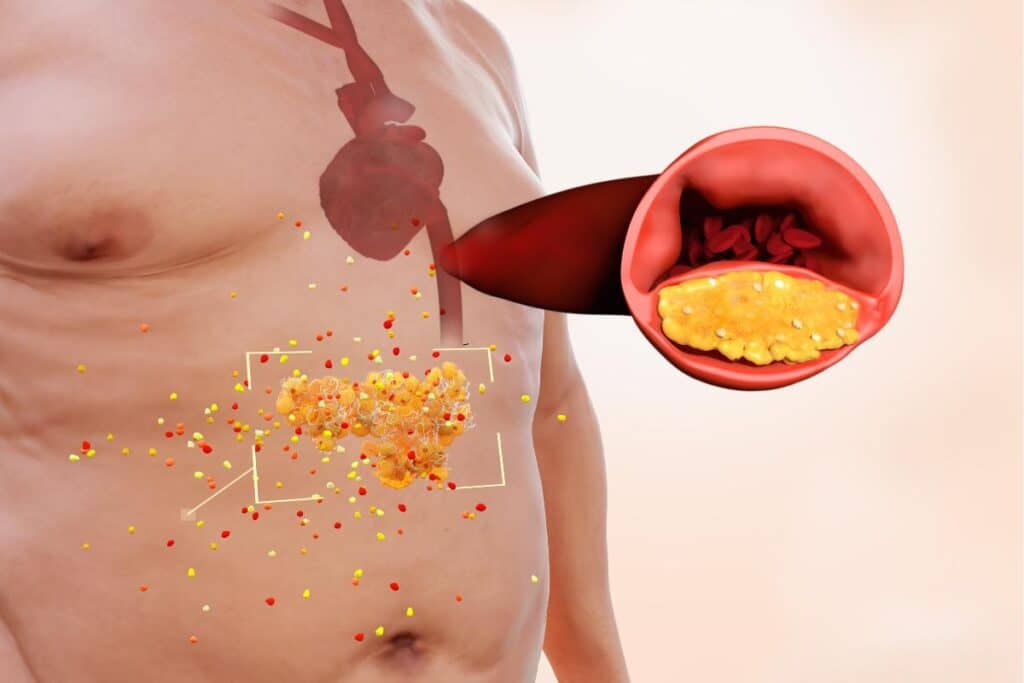Visceral fat, often called “belly fat,” is more than a cosmetic concern. It’s a hidden danger lurking within your abdomen, potentially signaling the onset of various diseases. In this article, we’ll explore the concept of visceral fat and its connection to health problems. Understanding this type of fat is crucial, as it can be the first expression of underlying health issues.
What Is Visceral Fat?
Visceral fat surrounds your internal organs, such as the liver, pancreas, and intestines. Unlike subcutaneous fat, which lies beneath the skin, it is deep within the abdominal cavity. It’s not the fat you can pinch; instead, it wraps around your vital organs, making it potentially harmful.
The Link Between Body Fat and Disease
- Heart Disease: High visceral fat levels have been associated with an increased risk of heart disease. This type of fat can contribute to the buildup of arterial plaque, leading to hypertension and other cardiovascular issues.
- Type 2 Diabetes: Visceral fat is known to affect insulin resistance. When your body becomes resistant to insulin, it can result in elevated blood sugar levels, increasing the risk of type 2 diabetes.
- Metabolic Syndrome: Visceral fat is a critical component of metabolic syndrome, a cluster of conditions that include high blood pressure, high blood sugar, and abnormal cholesterol levels. These factors collectively raise the risk of heart disease, stroke, and type 2 diabetes.
- Inflammation: Visceral fat is metabolically active and can release inflammatory substances, contributing to chronic inflammation. This chronic inflammation has been linked to various diseases.
Assessments
Determining the visceral fat level typically requires medical tests such as CT scans or MRIs. However, a more straightforward method is measuring waist circumference. If your waist size is larger than recommended, it could indicate an excess visceral fat.
Reduction
- Diet: A balanced diet rich in whole foods, vegetables, and lean protein can help reduce visceral fat. Avoid excessive sugar and refined carbohydrates.
- Regular Exercise: Physical activity is a potent tool for burning fat, including visceral fat. Aim for a combination of cardiovascular and strength-training exercises.
- Stress Management: Chronic stress can lead to the accumulation of visceral fat. Implement stress-reduction techniques like meditation or yoga.
Conclusion
Visceral fat is not merely a cosmetic concern; it’s a warning sign of potential health problems. By understanding the link between it and diseases such as heart disease, diabetes, and metabolic syndrome, you can take proactive steps to reduce it.
Combining a healthy diet, regular exercise, and stress management can help you shed this hidden danger and improve your overall health. If you are on a weight loss journey, share this article on Facebook or Twitter to help others learn more about losing weight.
Remember, addressing body fat is not just about looking better; it’s about safeguarding your well-being and preventing the first expression of disease.




